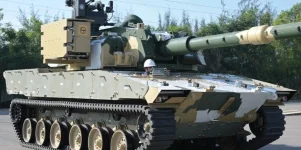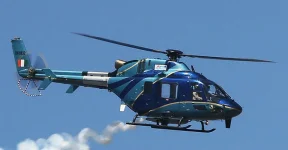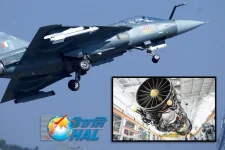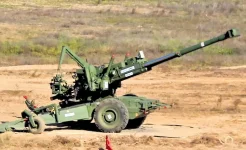- Views: 4K
- Replies: 11
In a major move to advance India's self-reliance in military aviation, the government has selected French aerospace leader Safran to jointly develop and produce a high-performance jet engine for the nation's futuristic Advanced Medium Combat Aircraft (AMCA).
The collaboration, valued at approximately $7 billion (Rs 61,000 crore), is a cornerstone of the AMCA program and includes a comprehensive 100% transfer of technology (ToT) to India.
Defence Minister Rajnath Singh confirmed the partnership on August 22, 2025, at the Economic Times World Leaders Forum. He stated, "We have taken steps towards building fifth-generation fighter aircraft. We are now moving towards manufacturing their engines in India itself, in collaboration with the French company Safran."
The Defence Research and Development Organisation (DRDO) is now formalizing the proposal to present to the Cabinet Committee on Security (CCS) for final approval.
This strategic initiative is focused on creating a powerful 120-kilonewton (kN) thrust engine, essential for the advanced capabilities of the AMCA, India's flagship fifth-generation stealth fighter.
The project aims to establish a complete ecosystem for jet engine design, development, testing, and manufacturing within India, granting the nation unprecedented control over critical defence technology.
The full intellectual property rights (IPR) will be owned by India, enabling future modifications and exports without external dependencies.
The AMCA is a 25-tonne, twin-engine stealth aircraft designed for a variety of roles, including air superiority and deep-strike missions.
While the initial Mark 1 version of the aircraft will use General Electric's F414 engines, the more advanced AMCA Mk2 requires the higher-thrust 120 kN engine to achieve its full potential, including features like supercruise and enhanced maneuverability.
The Indian Air Force (IAF) plans to induct seven squadrons (a total of 126 jets) of the AMCA. The first two squadrons will be the Mk1 variant, with the subsequent five squadrons featuring the new, more powerful engine co-developed with Safran.
The selection of Safran, which supplies the M88 engines for the globally renowned Rafale fighter jets, followed a thorough evaluation that also considered proposals from other international manufacturers, such as the UK's Rolls-Royce.
Leading the project on the Indian side is DRDO’s Gas Turbine Research Establishment (GTRE) in Bengaluru. The collaboration is expected to significantly boost the domestic aerospace industry by fostering a robust supply chain and enhancing technical skills across both public and private sector enterprises.
However, some experts in the defence community have pointed to past experiences, such as the delayed indigenization of the Shakti helicopter engine, also a Safran partnership, as a reason for cautious optimism.
To mitigate such risks, the new agreement is expected to include stringent timelines and accountability measures to ensure the timely execution of the technology transfer and production milestones.
The project's success is seen as vital for India's strategic autonomy and its ambition to become a global hub for defence manufacturing.





